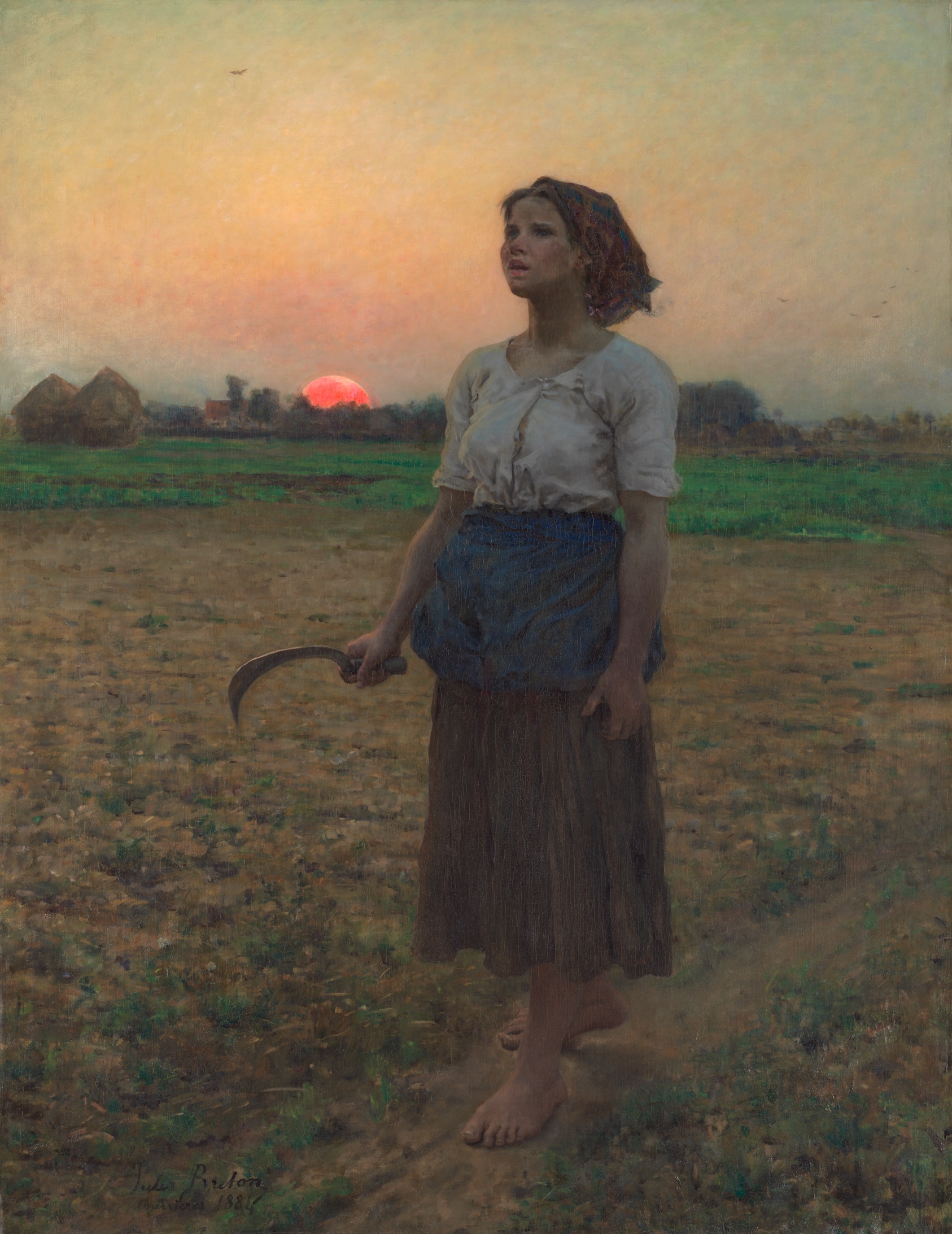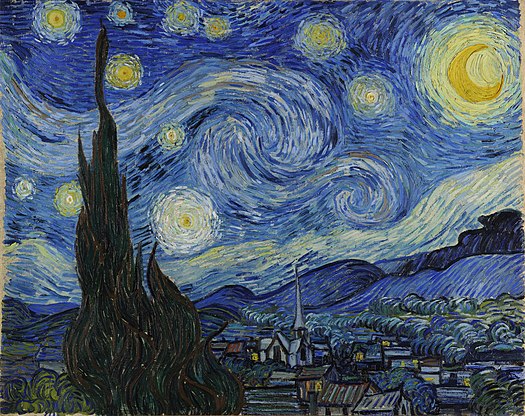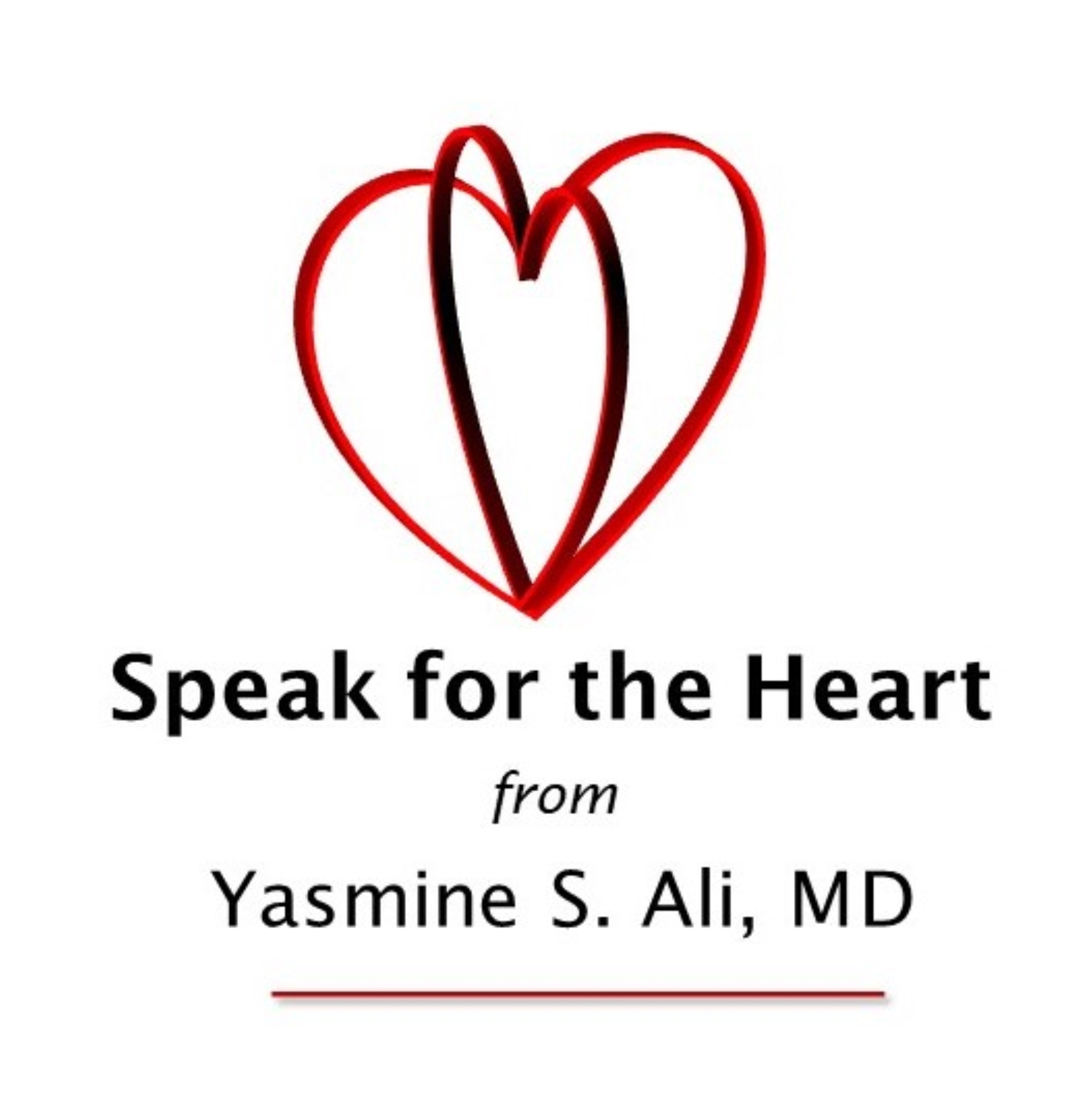Van Gogh, Vincent. The Starry Night. 1889, Oil on canvas, 29.01 in x 36.26 in., Museum of Modern Art, New York.
(This post may contain affiliate links.)
Guest post by Dr. Nick Nemeth.
Finding catharsis, an outlet to let emotions ebb and flow, should be just as much a requirement as any on the medical path.
Catharsis
Few professions offer the opportunity for our best selves to flourish like medicine can. To be introspective and empathetic, creative, and curious all at once, is a rarity to be treasured. Yet, its hardships often appear innumerable.
As medical students, residents, and physicians, there is an additional level of burden that is shouldered on top of the entropy of daily life. The pressure of sacrifice and achievement in search of the perfect residency program, without any guarantee of fruition. The transition of responsibility, making every decision carry the potential for life-long consequence. Perhaps some stability is found upon arriving at the independence of an attending, that the years of sacrifice have culminated in that ultimate and (mostly) final transition. A precarious work-life balance, pandemic-related woes, red tape, and myriad additional challenges might indicate otherwise.
Finding catharsis, an outlet to let emotions ebb and flow, should be just as much a requirement as any on the medical path. An outlet that can provide stability and reflection as tension and conflict within and against the medical profession continues to rise.
The Museum of Fine Arts in Houston, Crystal Bridges, and the Denver Art Museum are just a few of the institutions that provided solace and reflection during my own medical journey. While our avenues of release are often personal, I’d like to consider the universal benefits of art as a therapeutic process.
Art as Communication
Art, I think, is often seen as an antithesis to medicine. We imagine left versus right brain, the expressive, fluid, and ephemeral versus the concrete, analytical nature that evidence-based medicine thrives upon. Even the question of what constitutes art is fraught with disagreement and has been challenged by artists for centuries.
That eternal question is beyond the scope of this article, but let’s use the premise that foundational to what makes something art are intention, exchange, and communication. Art is expression, an idea that an artist is attempting to communicate from within a moment of time and space. Occasionally, that message resonates with such universality that centuries later an artist’s idea persists as diverse, contemporary audiences continue to empathize and find meaning within their work.
That exchange of feeling is found in a wonderful and melancholic story you may have read before about Bill Murray in the early stages of his acting career. Despondent and contemplating death after a disappointing performance in Chicago, his path took him to the Art Institute where he found himself in front of Jules Breton’s 1884 painting, The Song of the Lark.

When recounting the experience, Murray stated, “Well, there’s a girl who doesn’t have a whole lot of prospects, but the sun’s coming up anyway and she’s got another chance at it. So I think that gave me some sort of feeling that I, too, am a person, and I get another chance every day the sun comes up.”
The Gulf Between Us
A failure that we rarely own up to is our inability to confront and process difficult emotion or express it in a thoughtful and productive manner before those thoughts threaten to erupt. There’s an isolating and pervasive difficulty, a resistance or shame, toward being vulnerable and communicating, such that the idea that anyone could understand our plights is absurd.
In art can be found reflections of our innermost obsessions, turmoils, frustrations, and more that the artist has conveyed in a manner that we are wholly unable to at that moment. As if the hand of the artist has struck through time to complete our fragmented thoughts, providing an opportunity for solace and introspection, and the knowledge that our experiences are far from the islands we might perceive them to be.
Art as Experience
The beauty of art as therapy is in its evolving, fluid nature, and profound ability to wordlessly realize thoughts and emotions that language fails to express. Be it representational or abstract art, contemporary or ancient, an artist somewhere at some time has transformed our private experience through canvas, sculpture, photography, performance, or other means, to complement or better clarify how we feel.
In his 1934 book, Art as Experience, the American philosopher John Dewey proclaimed, “In the end, works of art are the only media of complete and unhindered communication between man and man that can occur in a world full of gulfs and walls that limit community of experience.” In the discordant world we find ourselves in, perhaps we can better take Dewey’s words to heart, and make use of art as the bridge between our own tumult and calmer waters.
Nick Nemeth, DO, is a physician writer based in Colorado, currently completing additional studies in art history to support and work within the museum space.
Sign up for the “Speak for the Heart” newsletter and never miss a post!
You might also enjoy reading (also by Dr. Nick Nemeth):


